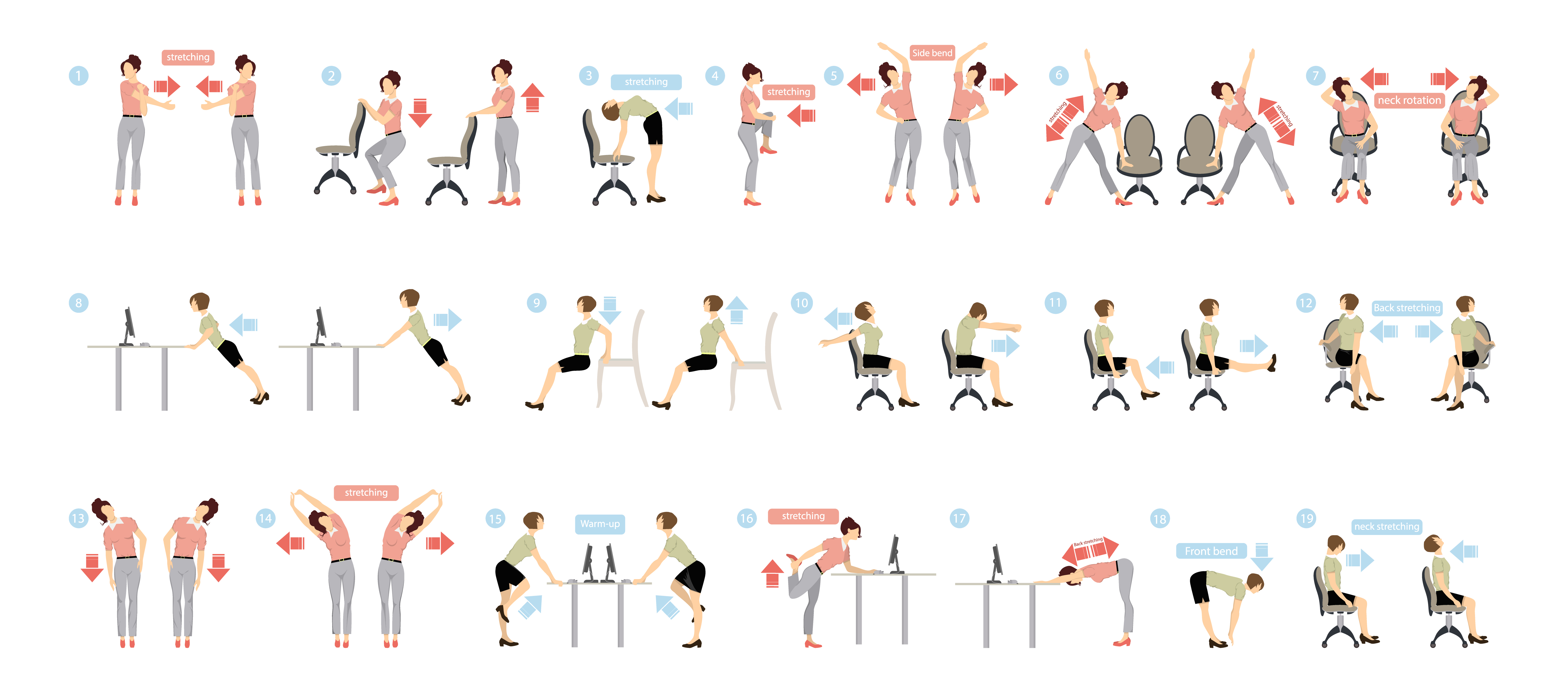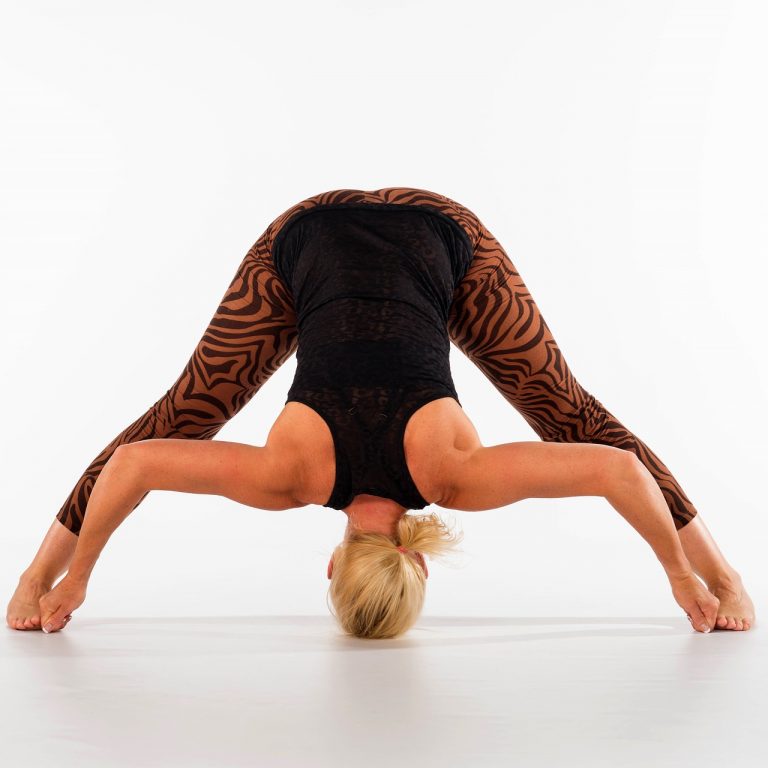Stretching is associated with the performance of lazy, even boring exercises. Is it right? Not necessarily. It also turns out that it should be an inseparable element of every training. Do you know why? How is stretching to build muscle mass? What stretching techniques to use? When to use these methods? Is stretching for muscle growth a good idea?
Stretching
Stretching is a training element for which a place should be designated in each exercise plan. What's more, its pro-health properties are appreciated not only by people who are trained for strength, but also by people practicing recreationally.
Why you should do that?
Stretching is recommended to strength, physically active and sedentary exercisers. Regular care of body flexibility brings benefits in everyday life and improvement of well-being as well as the quality of physical activity and regeneration. Stretching for beginners will include simpler exercises, such as leg cramps to the opposite hand, which will prepare the muscles for further activation.
What gives stretching?
The effects of stretching are observable on many levels of the body's functioning. In the case of exercising in the gym, it brings training benefits, i.e.
- muscle tightness
- increasing muscle hypertrophy
- elimination of contractures
- increasing the range of movement in the joints
- reducing the risk of injury by increasing the flexibility of the ligaments and muscles surrounding the joints
- maintaining a correct posture by maintaining symmetrical muscle length
- better muscle aesthetics
It is not without significance that stretching is perfect for people who limit their physical activity to a minimum. How it works? Among others
- removes unpleasant back tension
- eliminates back pains
- reduces headaches caused by incorrect posture
- it has a positive effect on well-being and physical tension
Stretching on training
Stretching exercises in stretching have varied dynamics as well as the accepted muscle position. Due to the different characteristics of the traffic being performed, there are several types of stretching. Each of them is recommended at a different training stage.

Dynamic stretching
Dynamic stretching is an active form of stretching consisting in making movements in the full range. As a result, we strive for full muscle extension and a quick return to its standard position. Stretching takes place on many levels and corresponds to movements that may occur in later training. Examples of exercises for dynamic stretching are, for example, legs of a leg to the opposite hand, dynamic lifting of straight legs, and hand overhangs. Dynamic stretching allows you to conceal muscles and increase mobility in the joints.
Before it is done, a general warm-up is recommended for a few minutes of jogging and no-load squats. A dynamic warm-up can lead to injury if the muscles are completely unstretched.
Static stretching
Static stretching involves gradual deepening of the movement. It leads from the minimal to the full stretch of the selected muscle part. The movement in total stretch should remain for about 15-30 seconds. Then return to the starting position. The point here is to stay motionless in a position that initially seems unnatural. With subsequent repetitions, the movement can be deepened. Static stretching due to its gradation works comprehensively and also affects antagonistic muscles. Its effect is above all loosening.
Passive stretching
Passive stretching is cooperation with a partner, or the use of a stationary element, ie a wall. It consists in placing the limb in the maximum extension and adding an additional stimulus. In practice, this is the weight of the body or training partner, which evenly weighs / stretches he selected party. The position should produce a feeling of stretching, but not pain. The optimal duration is determined for about 30 seconds, during which you should not perform springing, deepening and loosening the position. Muscle strapping is also forbidden.
Stretching at the gym
Stretching and stretching techniques are recommended both before and after training. Variable motion characteristics, however, mean that you should not do the same set of exercises every time.
Stretching before training
Stretching before training should include only dynamic movements that will prepare the joints and muscles for exercise. The use of relaxation positions or static positions will result in the relaxation of muscles whose task was to keep the joints in a natural position.
Doing strength exercises in this condition can cause serious injuries - the muscular corset will not be able to stabilize the skeleton.
Stretching after training
In the case of stretching after training, static exercises are recommended, which will silence the muscles and reduce the tension created during the effort. It is currently recommended to do one exercise per batch. Excessive stretching of microdamaged muscles can lead to damage to adjacent structures.
Therefore, long-term stretching sessions are worth doing on a non-workout day.
Stretching for muscle growth?
It is certain that stretching for muscle growth has a direct effect - like other types of stretching and mobilization of the body. Properly carried out
- they strengthen blood flow
- support the grow of muscle fibers
- stimulate muscle regeneration
- increase mobility
- improve regeneration
Stretching and stretching have a beneficial effect on strength training of the highest quality. Performing the full range of movements and the correct posture during the exercises are crucial for maximizing training effects. Although many people skip stretching in training - especially on mass cycle - it is necessary to obtain a shapely and well-developed figure, without contracture and asymmetry.






